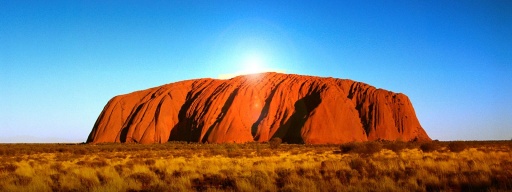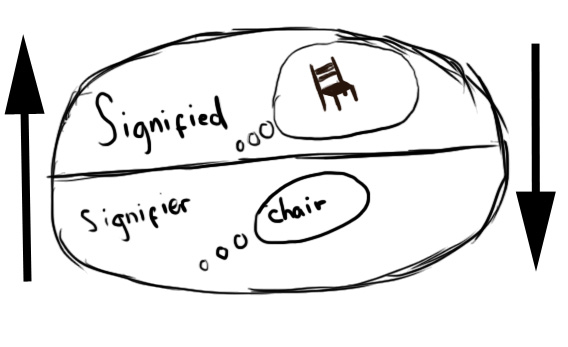This week we explored the concept of semiotics, looking at denotation, connotation and myths. In short, semiotics is ‘the study of signs and symbols and their use or interpretation.’ Looking at an image through these three concepts allows an individual to see a media text from multiple angles. It allows people to open up their minds and perhaps experience an alternate train of thought than what is natural.
Media texts can be classified as any media product that we examine through analysis and deconstruction. Ultimately, almost every media product we engage in can be classified as a media text, ranging from current films to newspaper articles.
When viewing a media text, many people do not go further than to look at it from a denotative sense. Denotation is the way an image can be most literally taken, the most obvious meaning that comes to mind. However, if one is to look past this, they would be looking at the connotative aspects of the image.“The term ‘connotation’ is used to refer to the socio-cultural and ‘personal’ associations (ideological, emotional etc.) of the sign. These are typically related to the interpreter’s class, age, gender, ethnicity and so on.”(Chandler 2014)
For this weeks blog we were asked to find an example of a complex image that can be read in more than one way. Although I found numerous advertising campaigns that fit perfectly, thinking in the way of semiotics, I ventured out to find an image that I may not usually give a second thought to. Below, is the image I have chosen, a picture of the iconic Uluru.

When looking at this image, many things come to mind.
The signifier (linked to denotation) – Is that it is Uluru, a rock, a natural landmark.
The signified (linked to connotation) – Uluru’s meaning is entirely dependent on a person’s background and culture. To Aboriginals, Uluru is representative of the dreamtime as a sacred landmark where they interacted on a daily basis (as seen through ancient rock drawings). To foreigners, it is a tourist attraction/ representative of Australia’s core, and to Australians it is a key part of our nation that we are all familiar with representing a vital part of Australian history.
Only just briefly touching on the many different denotations and connotations linked with the above image of Uluru displays just how many alternate meanings can be drawn from a media text depending on who is looking at it and how.

I love the way you explained the concepts of semiotics. I really clearly understood the differences of denotation and connotation. However, you said most people wouldn’t really view an image through a connotative lens at first glance (eg in a paper). To me, I think most people view every single image connotatively to start with. For example, if an Indigenous person saw Uluru in a paper quickly they would use the traditional name, where as a Tourist when showed the image briefly may use the Anglo name of Ayres Rock. Just some of my thoughts though
LikeLiked by 1 person